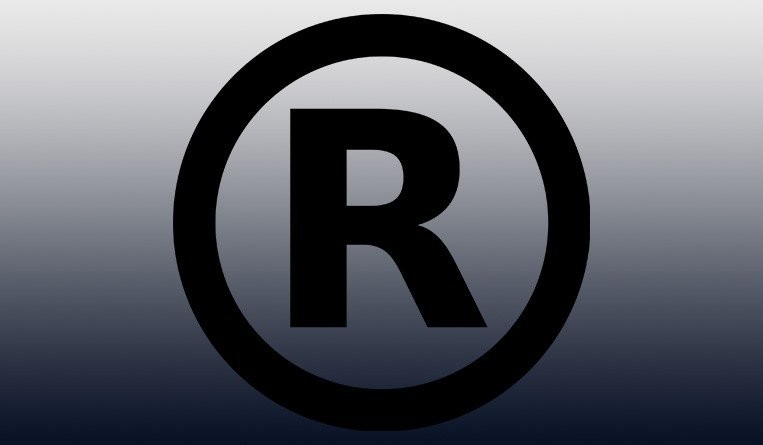Proof of Secondary Meaning of a Word Mark
19 December 2012

In building a brand, businesses typically begin with a narrowly-focused brand image, including specific trademark configurations. Over time, these trademarks tend to evolve, with new stylistic elements being introduced for marketing purposes. If the main elements of the trademark remain consistent, brand owners assume that the prior use of a slightly different mark will help to support registration of the modified versions of the mark. This may not hold true, however, when there is a need to overcome an obstacle such as a potential rejection for nondistinctiveness, which requires proof of the secondary meaning of the mark.
In Thailand, Section 2 of the Notification of the Ministry of Commerce regarding Bases Respecting Proof of Specific Description, which was issued under Section 7 paragraph 3 of the Trademark Act, establishes three evidentiary requirements for specific descriptions in support of secondary meaning:
1. The goods or services using the trademark have been continuously distributed, published, or advertised for a considerable period of time, to such an extent that the general public or the public interested in the given field knows of and is aware that the said goods or services are different from other goods or services.
2. Regarding the sale, publication, or advertisement of any product or service to a degree that the mark has that awareness of the Thai public, it must follow that the mark has specific indication solely for use with that product or service.
3. The trademark subject to proof of specific description must be the same mark as that filed for registration. (emphasis added)
Trademark owners frequently question whether the reference to “the same mark” in subsection 3 above indicates that it is acceptable to prove secondary meaning through evidence of use of a mark with the same wording, even if the mark has sometimes been used in different styles. That is, if the trademark owner uses a mark with specific wording in a variety of stylized versions, does this constitute use of the same mark?
In a recent Supreme Court case (7073/2552), the trademark owner applied for a suggestive word mark in block letters, but this word mark has actually been used in many different styles. At the level of the Registrar and the Board of Trademarks, the mark was rejected on the basis that it was descriptive of the services covered by the mark. The applicant therefore pursued a civil suit with Thailand’s Central Intellectual Property and International Trade Court (IP&IT Court).
In attempting to prove the secondary meaning of the mark, the trademark owner presented witness testimony to confirm that the mark had been used and recognized in Thailand over the last ten years in various styles. The trademark owner also submitted substantial evidence of use of the mark worldwide and in Thailand, including the evidence of registration of the mark in other countries. The IP&IT Court was convinced by the evidence submitted and the witnesses presented by the brand owner that the services using the mark in question had been continually used for a considerable period of time to such extent that the general public or the people in the branch concerned in Thailand know of and are aware that such services are different from others.
The IP&IT Court found inadmissible the Department of Intellectual Property’s argument that the evidence of use of the mark submitted by the brand owner was different from the mark applied for registration. The IP&IT Court held that the evidence of use of the mark submitted by the brand owner showed a mark containing all the same letters in the same positions with the same pronunciation – that is, the wording element was the same in each version of the mark, regardless of the stylization. The Court further found the different styles used immaterial as it is not possible to restrict the use of a mark to a single style in actual usage. Therefore, the mark was registrable because it had gained secondary meaning.
On appeal, however, the Supreme Court reversed the IP&IT Court’s decision. The Supreme Court simply reasoned that the evidence submitted by the trademark owner was evidence of use of a mark that differed from the mark applied for registration, based on the different styles presented in the evidence. Therefore, the Supreme Court was not convinced by such evidence that the applied mark had gained secondary meaning as prescribed under the Notification, and thus the mark was ultimately deemed unregistrable.
Clearly, the IP&IT Court and the Supreme Court have diverging views on the interpretation of the wording “the same mark” prescribed in the Notification. On the one hand, the IP&IT Court took into account the market realities that a company faces in commercializing its products, and recognized that various types of stylizations may nevertheless constitute the same mark. The IP&IT Court’s interpretation is based on the reality that the public is likely to recognize a mark based on its core wording and pronunciation elements, which are different than the stylized aspects. The Supreme Court, on the other hand, did not consider whether the mark applied for registration had the same pronunciation as those actually used. The fact that the subject mark is a “word” mark was disregarded. According to this reasoning, the term “the same mark” refers to marks which have the same visual characteristics only. Therefore, until the Supreme Court reverses its decision, a directly descriptive mark may not be registrable if it has been commercially used in different styles, irrespective of whether such a mark is a “word” or “device” mark.







